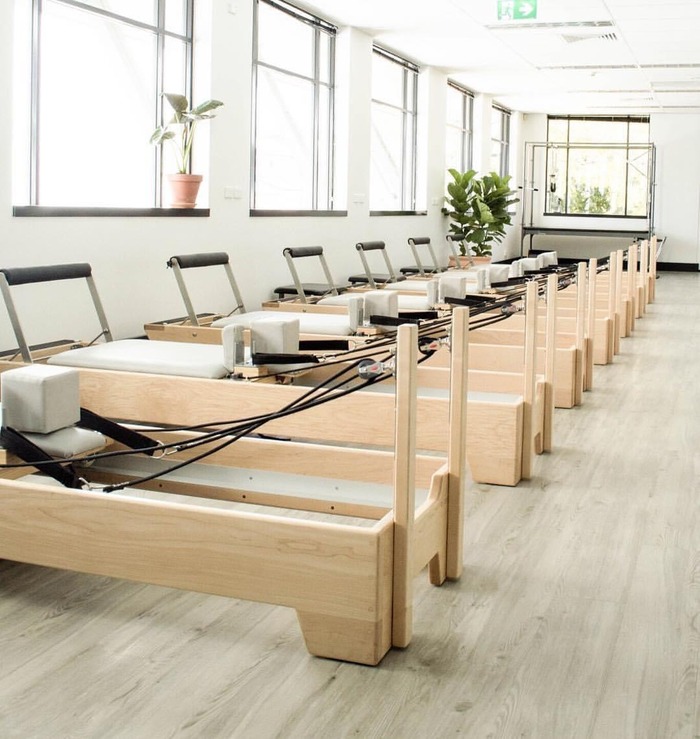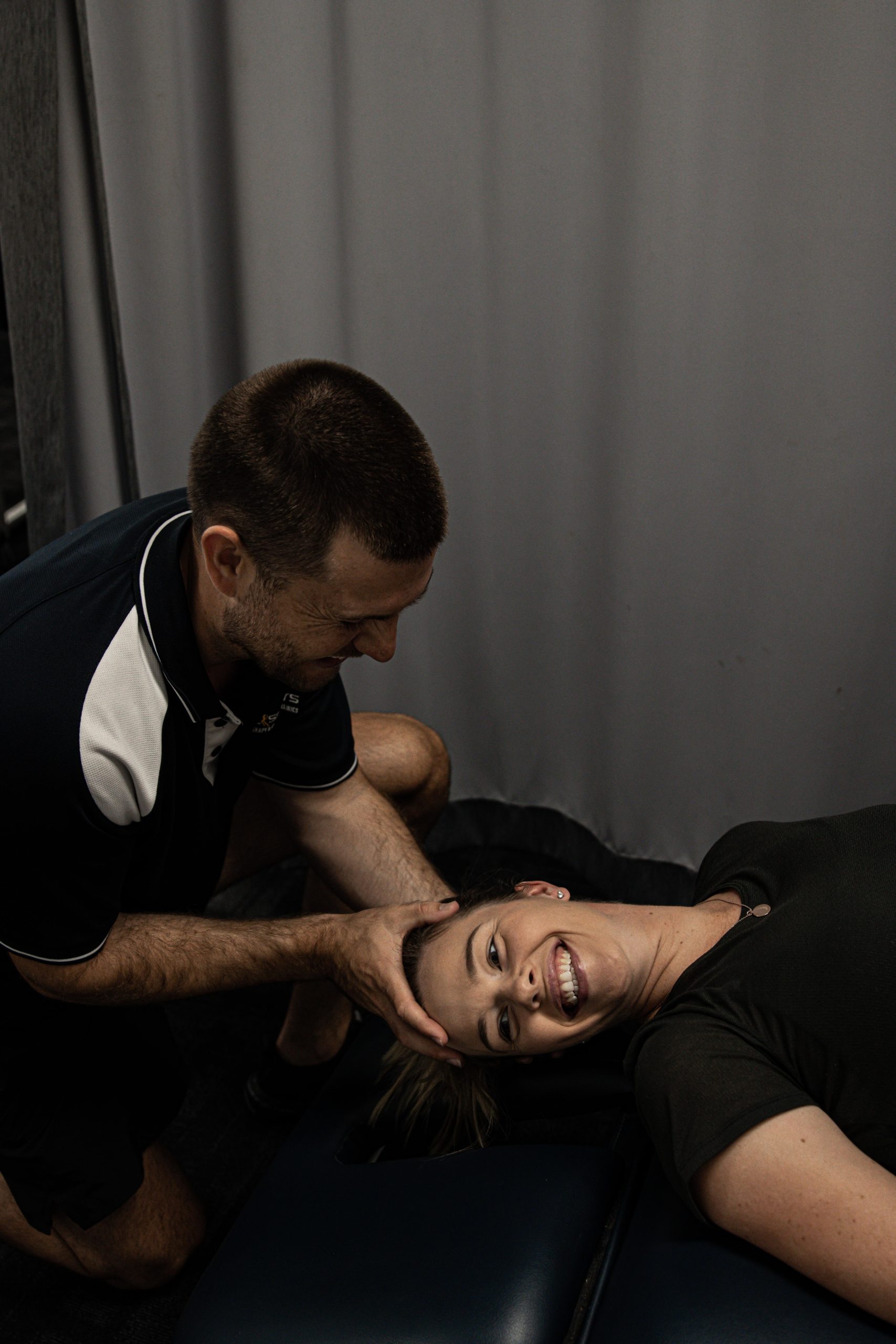
What does “whiplash” mean?
Whiplash describes the acceleration-deceleration forces placed on the neck which may occur in motor vehicle collisions.1 These forces can cause injury to the structures around the neck and other parts of the spine and can be likened to an ankle sprain. Like ankle sprains, there can be pain and stiffness soon after the injury. Unlike an ankle sprain, where you might see swelling or bruising, a whiplash injury cannot be seen from the surface which can feel frustrating. Whiplash can also be associated with headaches, dizziness and sometime pins and needles and/or numbness down the arms. Some people are quite worried about their symptoms, but it is important to understand that most symptoms are mild and will improve, although time frames vary from individual to individual. No two whiplash injuries are the same, which is why individualised treatment is essential.
What happens when you have had a whiplash injury?
If you have recently sustained a whiplash injury, it can be an overwhelming and stressful time as you deal with insurance companies, car repairs and pain. In the early days after injury, managing pain and stress are important. Your local physio will discuss strategies that can help reduce your pain and techniques to maintain some gentle physical activity. Read more



 Looking for a workout that includes fun, fitness and challenges mind and body? Pilates may be your answer.
Looking for a workout that includes fun, fitness and challenges mind and body? Pilates may be your answer. 





